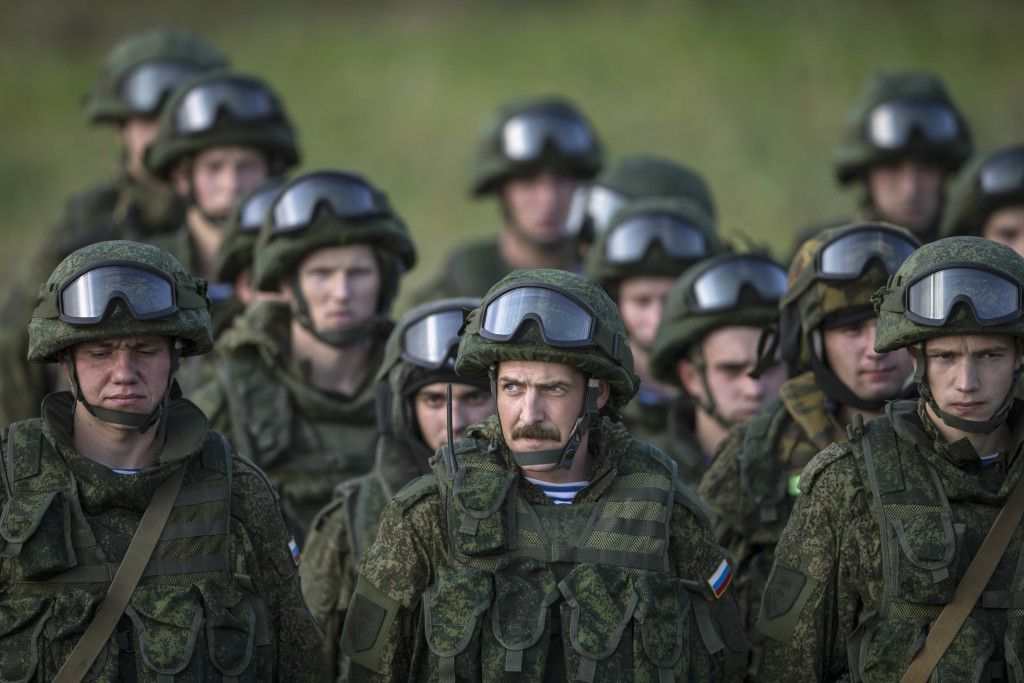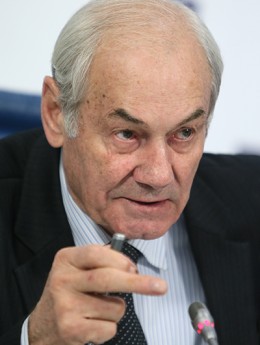
REUTERS/Marko Djurica
Written by Colonel-General Leonid Ivashov, President of the Academy of Geopolitical Problems
Originally appeared at Rusplt, translated by AlexD exclusively for SouthFront
Spring – summer – it is a time for active learning phases in the field for the army. In the year 2016 in our country, we will have close to ten multinational exercises and dozens of large-scale manoeuvres.
The Russian Ground Forces will carry out exercises with different countries, namely the members of the CSTO (Collective Security Treaty Organisation) and the SCO (Shanghai Cooperation Organisation). The Navy will hold joint exercises with India, Egypt, Kazakhstan and Azerbaijan as well.
The main goal of these exercises, not for the first time, is the so-called snap exercises. This type of manoeuvres this year need to cover all military districts (including the Arctic) and service branches. Short-notice reviews existed in Soviet times, and it is very good that they have been started again, because they are a most effective way to evaluate the military readiness of the personnel, military units and formations.

Colonel-General Leonid Ivashov
The term “snap exercise” does not mean something unpredictable. The exercises are elaborated within the plan, according to the Minister of Defence, exercises in financial, human and technical resources management. Of course there also exists un-planned exercises, but presently there are practically none.
All exercises start with the raising of the alarm. The point of the short-notice reviews is for the troops not to know the exact start of the alarm. There is only an awareness of when and what to expect. The group moves to the designated district and carries out the battle plan. Snap exercises are not only carried out in our country, other countries hold them as well. The method is more or less similar for all armies of the world.
The Minister of Defence of the Russian Federation, Sergei Shoigu stated that, under the snap exercises it is important to put the emphasis on the deployment of troops on long distances. The head of the department asked as well to work out a plan for the creation of groups in threatened areas and carry out exercises in air defence with the practical use of the aviation.
The multi-branch exercises of our army create panic in the West. For the transportation of troops the air force needs to study all kinds of threats. To some extent these fears are justified, since our country is preparing for a future war, that is, it is working out scenarios of potential military actions. But in reality, there is nothing unusual.
Russia is not Luxemburg. We have, as in Soviet times, the biggest territory in the world. However, presently in Russia we do not have a big army. The Armed Forces of the USSR, at times, reached five million men. Today the army consists of approximately 700,000 men, of which half are recruits. The quantity of Army personnel does not allow the deployment of troops in all regions where potential conflicts may develop.
The only way to respond to threats is to develop the transfer of troops on thousands of kilometres from the permanent point of deployment. And, from my point of view, this is correct. There is no point in comparing our Army with the large-scale Soviet one; the economics are different. The Ministry of Defence is creating the type of armed forces limited in numbers, consisting of professionals and very mobile. I agree with the General Staff that at one point, with threats coming from all directions, they will not be able to deploy everywhere.
Message to the aggressor
We are learning to manoeuvre. In Soviet times, we were perfectly capable of transferring hundreds of thousands of soldiers. Let’s remember that in 1945, after the defeat of Nazi Germany, the army was transferred to fight the Japanese warlords. Incidentally, the war with Japan is not officially finished to this day.
Presently, Tokyo has enormous military superiority in the Far East. Hypothetically the so-called self-defence Forces of Japan can easily annex the South Kuril Islands. In the meantime, the main group of our forces is concentrated now to react from threats from Syria and Turkey, which has an army of 600,000. Thus, Russia cannot afford to keep large forces on its borders with Japan.
As we say, if you want peace, prepare for war. With the snap exercises and the effective transfer of troops on long distanc, the Russian Federation demonstrate to the Japanese the danger of organising military provocations and attempts to unleash an armed conflict. The Japanese will not have time to think of an assault, as our forces, along with the military equipment, air defence missile systems and coastal defence systems, will put the Kuril Island under our protection as strategic interests.
This level of alertness is the most effective prevention of war. The aggressor must know that he will receive a bloody nose if he so much as steps on our land. In the 1990’s and in Serdyukov’s times we had a poor army, there was not enough money to carry out large-scale manoeuvres. Now we can be sure that in the event of a conflict such as in August 2008, we will respond more quickly.





